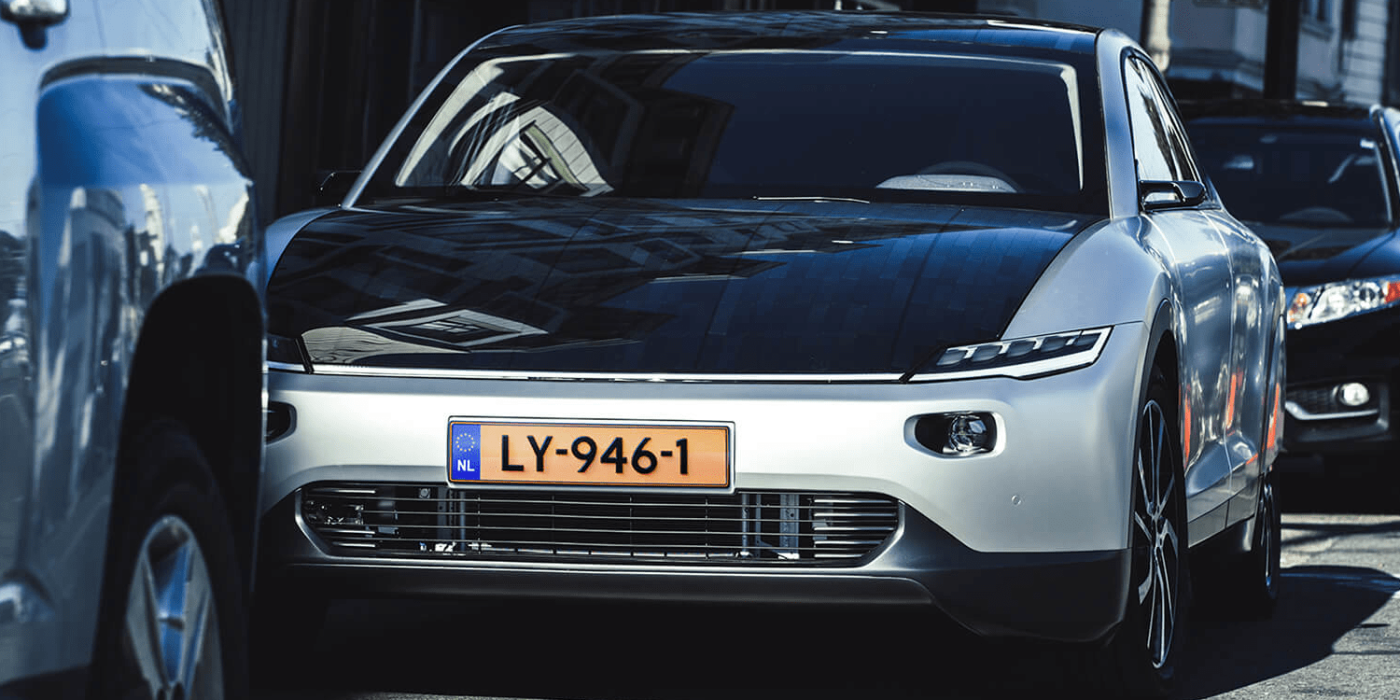Lightyear gathers another 48 million euros
The Dutch startup Lightyear that emerged from the solar team at the Eindhoven University of Technology in the Netherlands has closed the company’s largest financing round to date with 48 million US dollars.
The capital is supposed to help Lightyear realise the first customer deliveries of its long-range solar car Lightyear One by the end of this year. Lightyear says it is in the final stages of selecting a production partner. With the first units due to be delivered at the end of November 2021, but no contract signed with a production partner by mid-March, Lightyear is likely to face a busy summer.
The funding round, which will bring the company the equivalent of just over 40 million euros, was led by Zero Point Holding, which according to Lightyear’s press release, is “an investment vehicle of a Swiss family”. “This funding round will help us accelerate towards the first deliveries at the end of the year,” said Lex Hoefsloot, CEO and co-founder of Lightyear. “We are grateful for the support of all the individual investors and happy to welcome them as ambassadors to our mission.”
Founded in 2016, the company had unveiled the Lightyear One in 2019. Its extremely high efficiency characterises the electric car with solar panels integrated into the aerodynamic body. At the presentation, a targeted WLTP range of 725 kilometres was mentioned – made possible not by a large battery, but rather by a consumption level of just 8.3 kWh/100km. Lightyear says that with this solar system, an “average driver” in San Francisco should be able to cover 80 per cent of their energy needs with solar power generated in the vehicle itself. In May last year, the startup revealed it wants to push the development of solar roofs for electric vehicles with the Dutch company DSM.
The Lightyear One is likely to remain a rather exclusive model, partly because of its lightweight materials. The first 100 vehicles were already sold in 2019 for 119,000 euros, but the regular price is 150,000 euros before taxes. For the time being, the vehicle is only to be delivered in the EU, Norway and Switzerland – which makes the solar generation calculation example with San Francisco seem a bit skewed but perhaps suggests that the company has its eye on the North American market. The current price is to be valid until the end of April. What comes after that has yet to be revealed.
To accelerate the development of the next model, which is supposed to be a solar car for the mass market, Lightyear is currently working on additional equity financing, which should be undertaken this year.





0 Comments